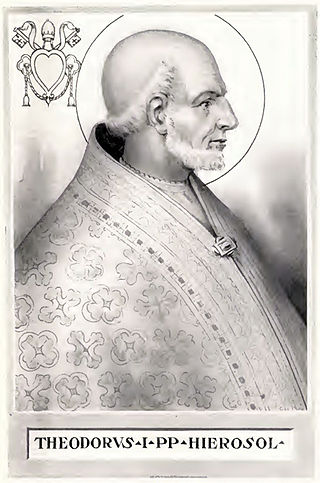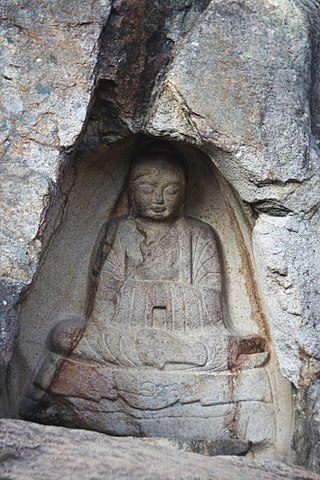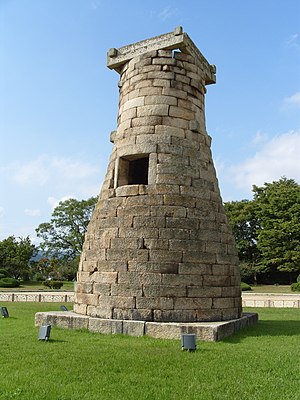
The 7th century is the period from 601 through 700 in accordance with the Julian calendar in the Christian Era.
The 820s decade ran from January 1, 820, to December 31, 829.
The 830s decade ran from January 1, 830, to December 31, 839.
The 840s decade ran from January 1, 840, to December 31, 849.
The 780s decade ran from January 1, 780, to December 31, 789.
The 630s decade ran from January 1, 630, to December 31, 639.
The 640s decade ran from January 1, 640, to December 31, 649.
The 650s decade ran from January 1, 650, to December 31, 659.
The 660s decade ran from January 1, 660, to December 31, 669.
The 670s decade ran from January 1, 670, to December 31, 679.
The 680s decade ran from January 1, 680, to December 31, 689.
The 590s decade ran from January 1, 590, to December 31, 599.

Year 637 (DCXXXVII) was a common year starting on Wednesday of the Julian calendar. The denomination 637 for this year has been used since the early medieval period, when the Anno Domini calendar era became the prevalent method in Europe for naming years.

Year 649 (DCXLIX) was a common year starting on Thursday of the Julian calendar. The denomination 649 for this year has been used since the early medieval period, when the Anno Domini calendar era became the prevalent method in Europe for naming years.

Year 642 (DCXLII) was a common year starting on Tuesday of the Julian calendar. The denomination 642 for this year has been used since the early medieval period, when the Anno Domini calendar era became the prevalent method in Europe for naming years.

Year 643 (DCXLIII) was a common year starting on Wednesday of the Julian calendar. The denomination 643 for this year has been used since the early medieval period, when the Anno Domini calendar era became the prevalent method in Europe for naming years.

Year 646 (DCXLVI) was a common year starting on Sunday of the Julian calendar. The denomination 646 for this year has been used since the early medieval period, when the Anno Domini calendar era became the prevalent method in Europe for naming years.

Year 663 (DCLXIII) was a common year starting on Sunday of the Julian calendar. The denomination 663 for this year has been used since the early medieval period, when the Anno Domini calendar era became the prevalent method in Europe for naming years.

Queen Seondeok reigned as Queen Regnant of Silla, one of the Three Kingdoms of Korea, from 632 to 647. She was Silla's twenty-seventh ruler, and its first reigning queen. She was the second female sovereign in recorded East Asian history and encouraged a renaissance in thought, literature, and the arts in Silla. In the Samguk sagi, Queen Seondeok was described as "generous, benevolent, wise, and smart". According to the Legend of Jigwi, she was also beautiful. She developed Buddhist culture, selected great talent, and established diplomacy with the Tang dynasty, laying the foundation for the unification of the Three Kingdoms of Korea. Queen Seondeok is known as a wise and kind monarch, making her one of the most prominent monarchs in Korean history.

Queen Jindeok (600–654), reigned as Queen of Silla, one of the Three Kingdoms of Korea, from 647 to 654. She was the kingdom's 28th ruler, and its second reigning queen following her predecessor Queen Seondeok. During her reign, Silla jockeyed with Baekje for favor in the Chinese Tang court. She is also known for writing a poem of the Emperor Gaozong of Tang. According to the Samguk sagi, she was voluptuous, beautiful and tall.









